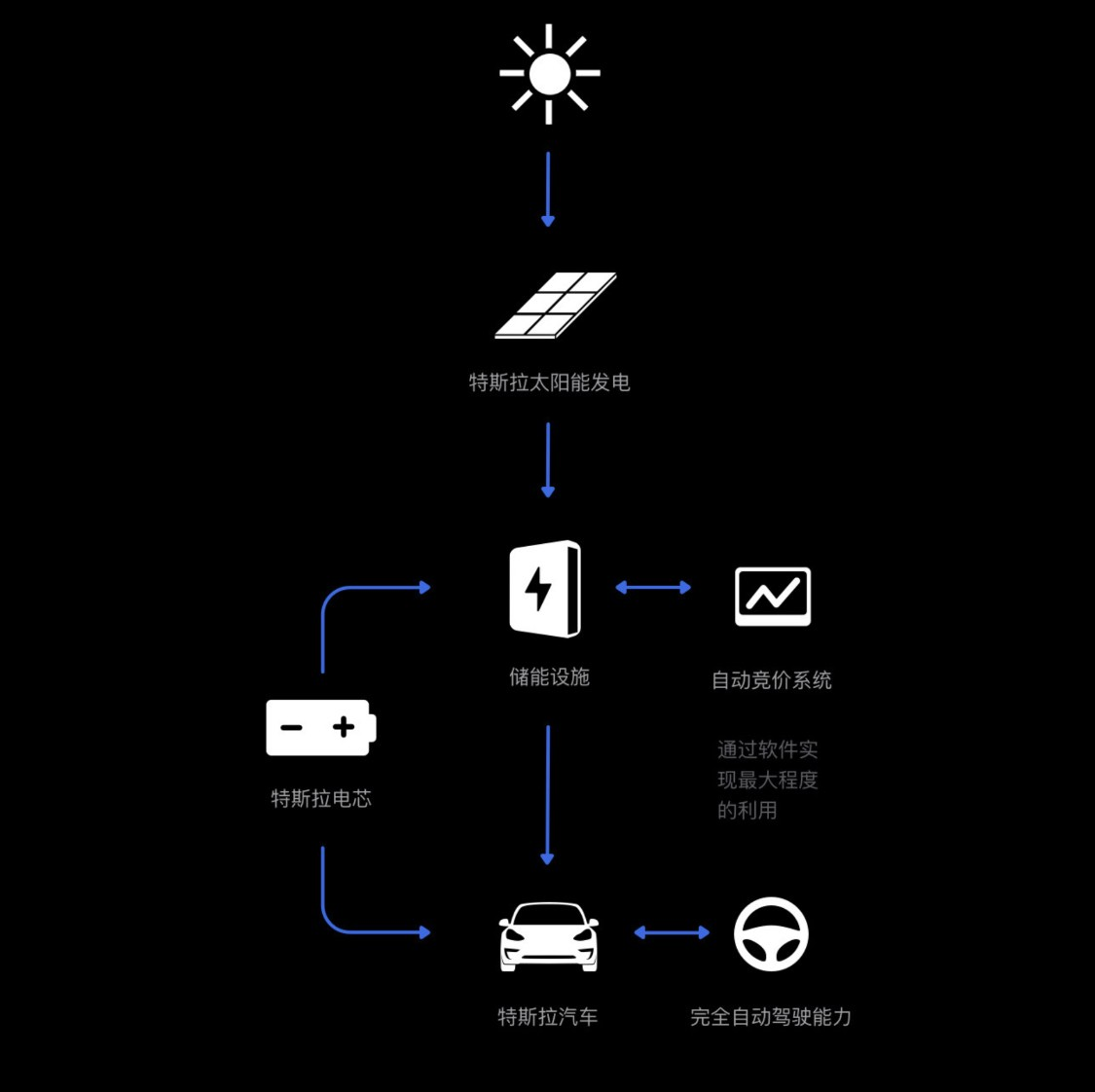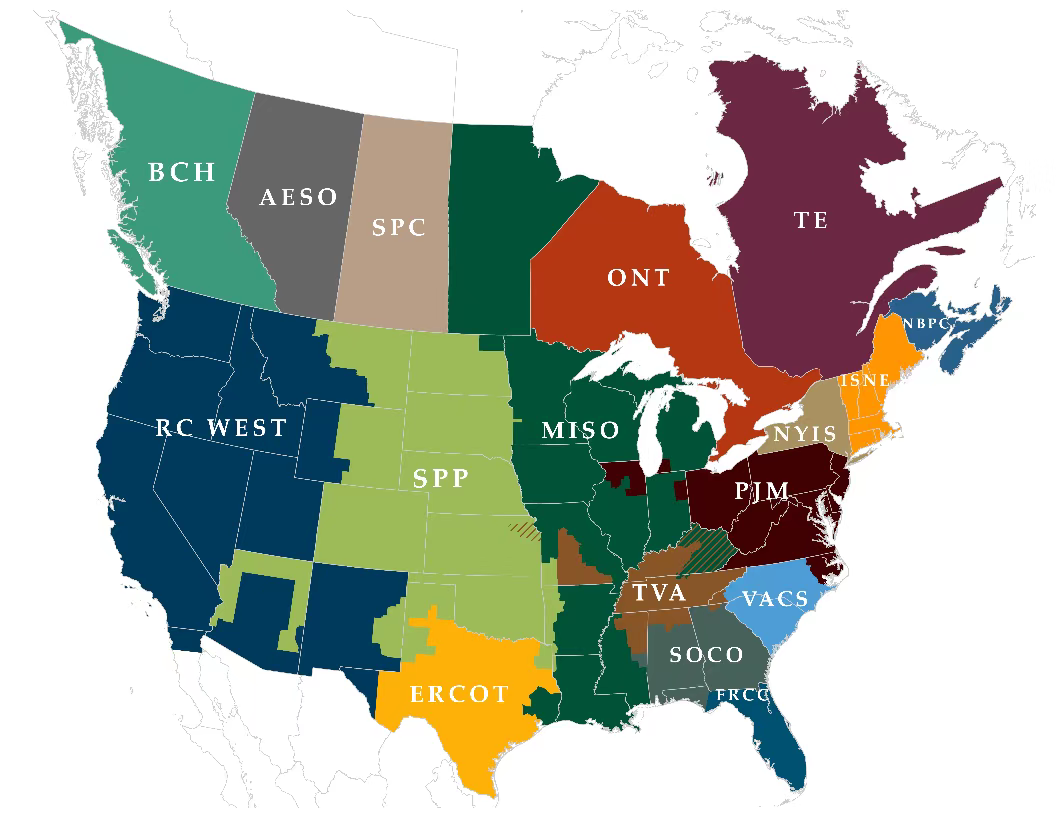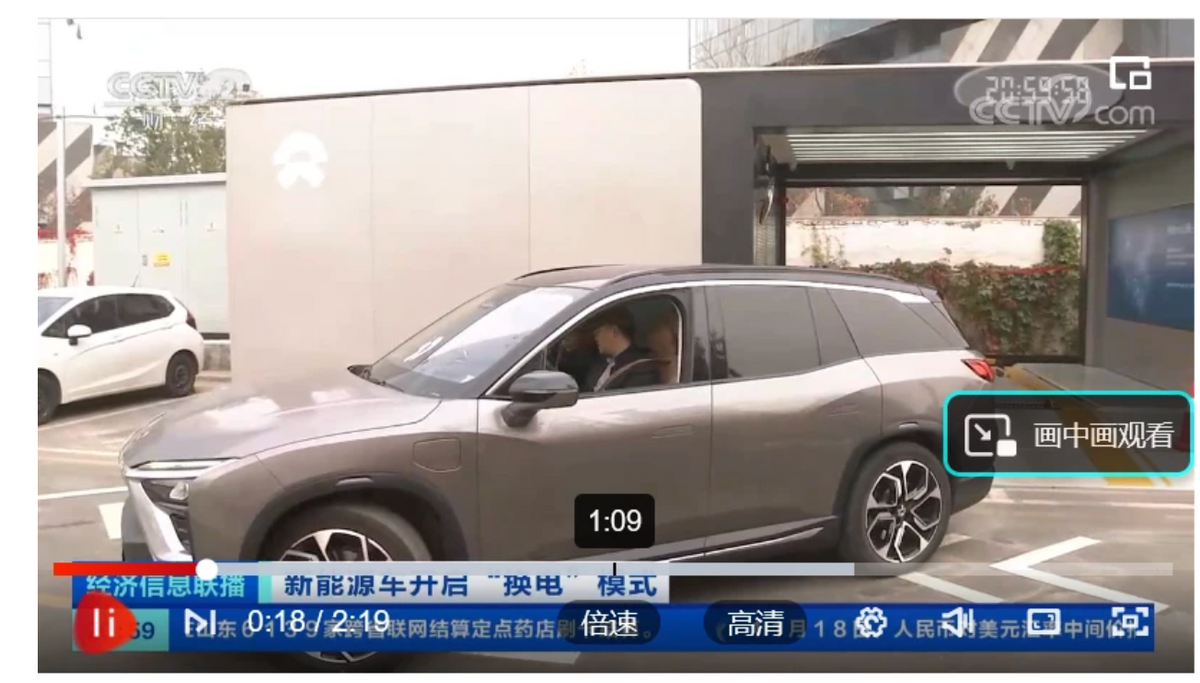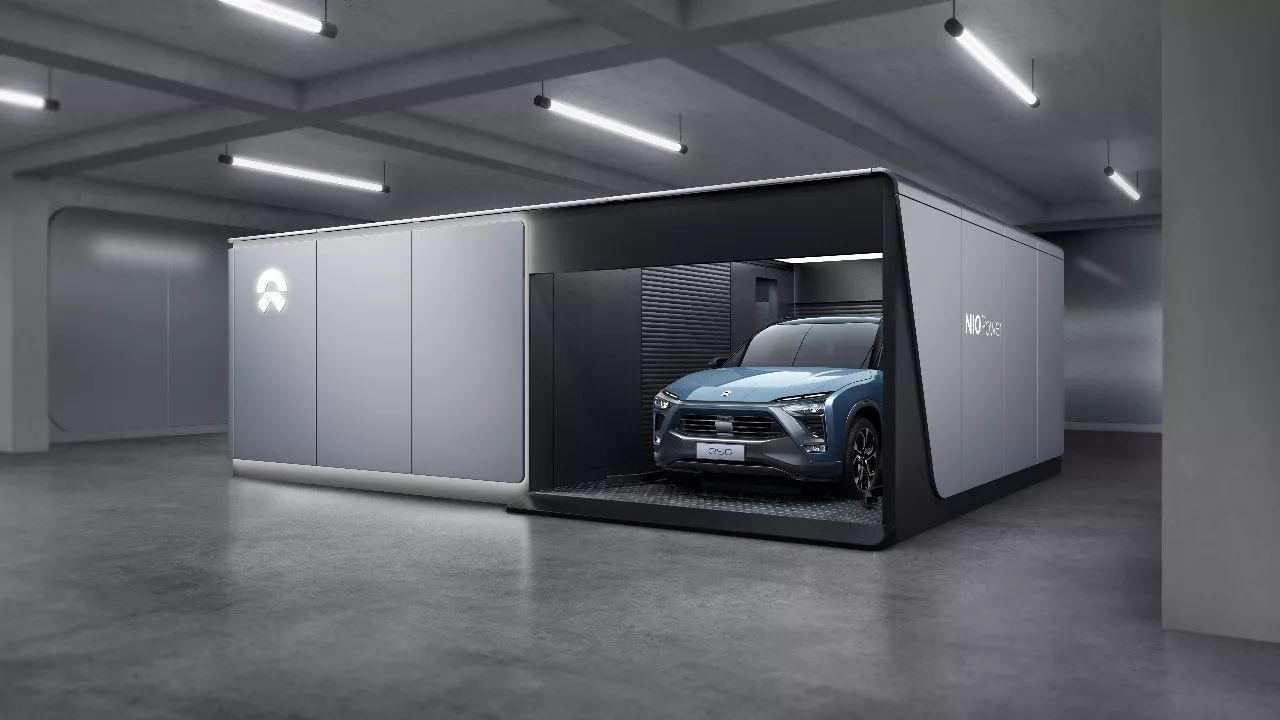Introduction
Talking about battery swapping does not mean that NIO cars cannot support fast charging. The only shortcoming is that the power is limited to 150 kW, which is not fast enough for those without home charging and long-distance traveling.
The battery swapping model of the future has already taken shape, but doubts have never stopped. Nevertheless, I personally believe that NIO’s battery swapping model will surely succeed.
The skeptical voices are not groundless. They raise the following questions:
- Why are there companies trying to offer battery swapping solutions?
- Why do most of these companies end up failing?
- What makes NIO’s battery swapping successful?
By addressing these questions, we can see the inevitability of NIO’s battery swapping model being successful.
Main Body
To understand why companies are trying to offer battery swapping solutions, we need to understand the three key benefits of battery swapping:
Optimal solution for temporary, high-speed energy replenishment
People are more concerned about the inconvenience of replenishing energy than the range anxiety. If an electric vehicle can replenish energy “on the spot” in just “5 minutes,” would you still worry about its range?
Imagine this: car owners with home charging needs do not use the battery swapping function frequently. The people who really need battery swapping are divided into two categories: those who “do not have home charging and are far away from commercial charging stations” and those who “travel on highways for long distances.” Obviously, in both cases, swapping a battery with nearly full capacity is a very good method.
Although 480 kW high-power fast charging sounds great, the cost is not low, and it has high requirements for the local power grid. Let’s assume that a fast charging station has three 480 kW charging ports operating at full power simultaneously, with a maximum power of 1400 kW. What does this mean? The average power of a household during peak hours is about 3 kW. The peak power of such a fast charging station is enough for 430 households, equivalent to the average total power consumption of a large residential area.
To smooth out peaks and valleys and alleviate the pressure on the power grid, Xpeng’s solution is “to build a charging treasure.” Taking full advantage of valley electricity, this approach will inevitably result in very high costs for ultra-fast charging stations, which may be higher than those of battery swapping stations. Moreover, Porsche, which also uses the 800V charging technology, has already been launched, but there are still few third-party ultra-fast charging stations in China that support 800V fast charging. Laying out 800V fast charging facilities still has a long way to go.
Overall, I do not hold a favorable view of 800V technology, but having more technical solutions and choices is undoubtedly progress and good. As for the benefits of 800V, we need to observe further during the period when charging facilities shift from high-speed development to high-quality development in the future, which still requires a relatively long time.
The foundation for large-scale battery upgradesThe technology of modern electric vehicles is still advancing by leaps and bounds, and batteries are no exception. We have experienced the era of battery technology exploding within existing theories, from the somewhat meager 60kWh battery of the Model S 60D to the current high-end electric vehicles with batteries up to 110kWh.
The progress of technology is undoubtedly exciting, but old car owners face many difficulties when trying to upgrade to better batteries due to the lack of standardization of battery specifications. Battery swapping technology overcomes this barrier by utilizing the nearly standardized advantage of battery packs.
However, from a dialectical perspective, the nearly standardized battery packs may prevent larger capacity batteries from entering swapping stations. Therefore, it is necessary to leave sufficient space in the early stages. Fortunately, there is now a 150kWh battery that supports swapping (although it is still in the PPT stage). These concerns can now be put to rest.
Improvement in Battery Life and Resale Value
Many people worry about replacing batteries in new cars with old ones, but this thinking is not comprehensive.
Firstly, it can be understood as new cars constantly prolonging the life of batteries within the swapping system, and battery degradation is shared by everyone, with the number of car owners continually increasing. The overall battery life is in a balanced or even improved state.
Secondly, from an individual perspective, the wear and tear on old batteries is not as great as imagined. Extremely old batteries will be recycled (which is common knowledge), and a few years later, old cars can also use new batteries.
The Basis of baas Mode, which Goes Without Saying
Simply put, as Yueting Hong said in “Being Friends with Time: NIO’s Blueprint and Jigsaw Puzzle,” “the basis of battery swapping is the separation of vehicle and electricity. Separation is not simply ‘removing the battery’, but the separation of energy consumers (vehicles) and energy carriers (batteries), as well as the separation of assets, time, data, and electro-capacity.”
So why do companies offering battery swapping solutions tend to end in failure despite the maturing technology?
The reason seems obvious at first glance – the cost issue is difficult to solve. The cost of swapping stations, the cost of renting ground space, and the cost of batteries all create a huge financial gap.
However, the above mentioned reasons are not completely accurate. The other reason is that they offer a “solution” but not a “mode,” which cannot create a “system.”
Companies that only do battery swapping without cars cannot establish an independent system according to their wishes and have not found an effective way to prevent losses. The shortage of funds is the first reason, and interference and questioning from partner automakers are another reason.
The failure of battery swapping is also related to the weak performance and market performance of Renault Oil’s conversion of gasoline fuel cars to electric with battery swapping technology due to the lack of competitiveness of cars that adopted swapping technology.
I have always been puzzled by how Tesla’s electric car products were extremely competitive at the time, and no car could match them. So how did Tesla’s battery swapping die?
There are three commonly cited reasons. Firstly, Tesla’s philosophy is based on fast charging, as can be found in related comments on Tao Lin’s Weibo. Secondly, Tesla made trade-offs in terms of cost.
The third point is slightly more complicated: the American situation.
In July 2019, Tesla laid the first ultimate Supercharger station in Las Vegas.
At that time, Tesla’s V3 charging station had begun to be installed. However, this ultimate charging station was the first to use Tesla’s entire ecological solution, as shown in the picture below.

This marks that Tesla has begun to further manage vehicle electricity, reduce the burden on the power grid and increase revenue.
Power has always been the core of the electric vehicle industry. How to use electricity and how to manage it is a topic that cannot be avoided for electric vehicles. From the third-quarter earnings conference call in 2019, Musk said that Tesla Energy would become the core of the automotive business comparable to the next three years, to the establishment of Envision today, the importance of this business become increasingly apparent.
And Tesla’s outlook is to use the roofs of the American people as a source of energy. Manage energy from every household’s roof.
Take a Solar Roof V3 with an area of 2,000 square feet (173 square meters) as an example, the cost of purchase and installation is only about 55,000 US dollars. According to the roofcostestimator.com, a US roofing website, in recent years, slate roofs that are well-protected average around 50,000 US dollars for 2,400 square feet.
Well, Solar Roof V3 is very good, and the price is not too unreasonable. If it were you, would you choose to spend an extra 5,000-8,000 dollars to purchase this device in order to save some electricity? In China, even if I have a big house, I’m afraid I wouldn’t do it.
We overlooked one thing: the US power grid is extremely chaotic and unstable compared to ours.
Please refer to:

The privatization of power companies not only makes the electricity fees for peak periods and power grid destruction sky-high, but also makes the power supply system unstable and difficult to repair.
Such chaos was evident in the snowstorm in California.
 Therefore, Tesla has two advantages by setting up superchargers in the United States:
Therefore, Tesla has two advantages by setting up superchargers in the United States:
-
There will be more and more people choosing Solar Roof, so there will be enough Solar Roofs to store energy and alleviate the burden on the power grid through peak shaving.
-
It’s cheap. Solar Roof works as peak shaving, without the need for additional energy storage facilities or being subject to power companies.
These are the main reasons why Tesla’s battery swapping did not succeed.
NIO, how do you succeed?
1. National Trend
Based on the above, we can see why Tesla’s Solar Roof does not work in China:
-
Not everyone has their own roofs.
-
Our power grid system is strong, simple, with stable and reasonable prices, and there is no need for Solar Roof.
Correspondingly, we can also see the advantages of battery swapping in China:
-
Each battery swapping station is a collection of batteries, which is a natural peak shaving facility, where the peak refers to the charging peak period of new energy vehicles, around 7 o’clock.
-
It’s cheap. Battery swapping stations work as peak shaving, without the need for additional energy storage facilities (while domestic supercharging stations can only build energy storage facilities separately).

China is destined to become fertile land for battery swapping mode.
Our country’s attitude towards electric vehicle energy supplement is the parallel use of battery swapping and charging. In the second half of 2021, the Ministry of Industry and Information Technology and the Energy Bureau launched a pilot project for the application of battery swap mode in new energy vehicles. This makes the large-scale promotion of battery swapping stations possible.
Those who know about NIO are aware that the speed of NIO’s battery swapping station deployment this year is very fast, and there have been many doubts about its sources of funds. I believe that the funding for the deployment of battery swapping stations does not solely come from investors and consumers’ money, but also partially from bank loans.
Here is a feasible speculation: the battery and facilities of the battery swapping station are mortgaged to the bank, and the funds obtained from the mortgage are used to continue building other battery swapping stations. Therefore, the new battery swapping stations that follow are bank-supported, and the vehicles of the baas users are mortgaged to the car companies because they can only return to the car manufacturers. This becomes a unique asset operation mode.
2. Who says battery swapping cannot be profitable?
In order to make the battery swapping system profitable, even profitable, the baas plan is a good strategy for the company, especially today when the penetration rate of baas has exceeded 50%. The establishment of the Weilan Energy Asset Management Company in August of this year has put the operation of the baas model on the right track: consumers rent battery packs from the asset management company, which is responsible for purchasing and renting them out, and integrated battery recycling work.## 3. North China, Battery Swapping, and Nio Power
In the winter, people in the eight northern provinces of China cannot stand outside for long and need to retreat to their cars to warm up. However, the car may also shiver in the chilly wind, aside from its repeated igniting noise and weak heating system. For the conventional fuel vehicles, their winter performance is, more or less, the same as that in normal days, while for the new energy vehicles, their range would be halved, particularly when northern China’s new energy infrastructure is still underdeveloped.
In this context, what can bring comfort? Only Nio Power.
In small cities, one charging station is fully adequate. And if one needs to go on a long journey, he or she could choose to pay for charging services to keep the “milkmaid vehicle” going. Though not as convenient as refueling a gasoline-powered car, it saves the day. When it comes to larger cities and expressway services, Nio Power is also speeding up the deployment of its battery-swapping services.
Although Nio has lost a lot of profit in North China now, we should notice that the entire Nio Power was built on the premise of constantly improving the supplementary power facilities. One day, we will find a wave of green plates on northern streets, and available charging piles at snowy, remote countryside roadsides. This day is not far away. Before this day arrives, Nio Power is the source of confidence for northern car owners.
Bright prospects and “Always Forward”
At the time of writing, Nio Day 2021 has ended, and the goal of 1,300 battery-swapping stations has been announced. The cross-regional expressway swapping network will be constructed soon. All these tell us that the age of Supplementary Power instead of Refueling is coming, and long-distance journeys by electric cars are going to be less problematic and more enjoyable.
This is from the perspective of consumers. For all future intelligent electric vehicles, they may join this emerging battery-swapping mode. For the country, another peaking-shaving facility is rapidly growing, improving, and enlarging its scale. Battery management, recycling, and reuse have new ways.
The future is unknown, but the battery-swap model of Nio is on the right track: Always Forward.
(Fin.)
This article is a translation by ChatGPT of a Chinese report from 42HOW. If you have any questions about it, please email bd@42how.com.
